The world of nonprofit fundraising has undergone a significant transformation in recent years, thanks to the rise of mobile giving. With the increasing popularity of mobile devices and the ease of online transactions, nonprofits are finding that mobile giving is a powerful tool for engaging donors and raising funds. However, navigating the world of mobile giving can be daunting for those unfamiliar with the technology and its associated best practices.
In this article, we’ll explore the top 20 things that nonprofits need to know about mobile giving to stay ahead of the curve and maximize their fundraising potential. We’ll cover everything from the benefits of mobile giving to the different types of mobile giving platforms, as well as tips for optimizing your mobile giving strategy and measuring your success.
Whether you’re new to mobile giving or looking to take your mobile giving program to the next level, this article will provide you with the insights and guidance you need to succeed in the increasingly mobile world of nonprofit fundraising.
1. The potential of mobile giving for nonprofits
Mobile giving, also known as text-to-give, is a fundraising method that allows donors to make donations via their mobile phones. With the increasing use of smartphones, mobile giving has become a potential solution for nonprofits to raise funds from their supporters. Mobile giving allows nonprofits to reach a wider audience, particularly millennials, who are more likely to donate using their mobile devices than traditional methods.
One of the advantages of mobile giving is its convenience. Donors can easily make a donation by sending a text message or using a mobile app. Mobile giving is also a quick and secure way to donate, with the donation amount added to the donor’s phone bill. Moreover, mobile giving allows nonprofits to collect donor data, which can help them in future fundraising efforts.
Nonprofits can create mobile giving campaigns that focus on specific causes, events or campaigns. For example, a nonprofit can create a text-to-give campaign for a disaster relief effort or an upcoming event. The message can be shared on social media platforms or via email, encouraging supporters to make a donation.
2. The benefits of mobile giving for donors and nonprofits
Mobile giving offers several benefits for both donors and nonprofits. For donors, mobile giving is a convenient way to donate, allowing them to make a donation from anywhere and at any time. Donors do not need to have cash or a credit card with them, as the donation is added to their phone bill. Mobile giving also allows donors to support their favorite causes with just a few clicks.
For nonprofits, mobile giving is a cost-effective way to raise funds. Mobile giving campaigns are easy to set up, requiring minimal resources and time. Nonprofits can also collect donor data, which can help them in future fundraising efforts. Mobile giving offers a new way to engage with supporters, particularly millennials, who are more likely to donate using their mobile devices.
3. The rise in popularity of mobile giving
Mobile giving has become increasingly popular in recent years, with more and more nonprofits adopting it as a fundraising method. The rise in popularity can be attributed to the increasing use of smartphones and the convenience of mobile giving. Millennials, in particular, are more likely to donate using their mobile devices than traditional methods.
The COVID-19 pandemic has also contributed to the rise in popularity of mobile giving. With social distancing measures in place, nonprofits have had to find new ways to engage with supporters and raise funds. Mobile giving has provided a solution for nonprofits to continue their fundraising efforts while adhering to social distancing guidelines.
4. How to create a mobile giving campaign that works
Creating a successful mobile giving campaign requires careful planning and execution. Nonprofits should start by identifying their goals and target audience. They should also choose a specific cause or event to focus their mobile giving campaign on.
Nonprofits should create a clear and concise message that resonates with supporters. The message should be shared on social media platforms and via email, encouraging supporters to make a donation. Nonprofits should also consider using incentives, such as matching gifts or prizes, to encourage supporters to donate.
Nonprofits should also ensure that their mobile giving platform is user-friendly and secure. The platform should be easy to navigate and allow donors to make a donation in just a few clicks. Nonprofits should also ensure that the platform is secure, protecting donor data and preventing fraud.
5. The importance of a user-friendly mobile giving platform
A user-friendly mobile giving platform is essential for the success of a mobile giving campaign. The platform should be easy to navigate and allow donors to make a donation in just a few clicks. Nonprofits should ensure that the platform is optimized for mobile devices, with a clean and simple design.
The platform should also be secure, protecting donor data and preventing fraud. Nonprofits should choose a reputable mobile giving provider that offers secure payment processing and data encryption.
A user-friendly platform can also help nonprofits collect donor data, which can be used to improve future fundraising efforts. Nonprofits should ensure that the platform allows them to track donations and collect donor information, such as email addresses and phone numbers.
6. The role of social media in mobile giving campaigns
Social media can play a significant role in the success of a mobile giving campaign. Nonprofits should use social media platforms, such as Facebook, Twitter and Instagram, to promote their mobile giving campaign and encourage supporters to make a donation.
Nonprofits should create engaging and shareable content, such as videos and infographics, that highlights their cause or event. They should also use hashtags and mentions to increase visibility and reach a wider audience.
Nonprofits should also consider using social media influencers to promote their mobile giving campaign. Influencers can help increase awareness and encourage their followers to make a donation.
7. How to reach a wider audience through mobile giving
Mobile giving offers a new way for nonprofits to reach a wider audience. Nonprofits can promote their mobile giving campaign through various channels, such as social media, email marketing and their website.
Nonprofits can also partner with businesses and other organizations to promote their mobile giving campaign. For example, a nonprofit can partner with a local restaurant to offer a discount to customers who make a donation via mobile giving.
Nonprofits can also use events and other fundraising activities to promote their mobile giving campaign. For example, a nonprofit can use a charity run or walk to encourage participants to make a donation via mobile giving.
8. The impact of mobile giving on fundraising efforts
Mobile giving can have a significant impact on a nonprofit’s fundraising efforts. Mobile giving offers a new way to engage with supporters and reach a wider audience. It also allows nonprofits to collect donor data, which can be used to improve future fundraising efforts.
Mobile giving can also help nonprofits raise funds quickly and efficiently. Nonprofits can create a mobile giving campaign for a specific cause or event, encouraging supporters to make a donation. Mobile giving allows donors to make a donation in just a few clicks, with the donation amount added to their phone bill.
9. The difference between mobile giving and traditional fundraising
Mobile giving differs from traditional fundraising methods in several ways. Mobile giving allows donors to make a donation via their mobile device, with the donation amount added to their phone bill. Traditional fundraising methods, such as direct mail or telemarketing, require donors to make a payment via check or credit card.
Mobile giving also offers a new way for nonprofits to engage with supporters and reach a wider audience. Nonprofits can create mobile giving campaigns for specific causes or events, encouraging supporters to make a donation via their mobile device.
10. The future of mobile giving and its potential for growth
Mobile giving has become increasingly popular in recent years, with more and more nonprofits adopting it as a fundraising method. The future of mobile giving looks promising, with the increasing use of smartphones and the convenience of mobile giving.
Nonprofits can expect to see continued growth in mobile giving, particularly among millennials, who are more likely to donate using their mobile devices. Nonprofits should continue to invest in mobile giving platforms and explore new ways to engage with supporters through mobile giving.
11. How to measure the success of a mobile giving campaign
Measuring the success of a mobile giving campaign is essential for nonprofits to improve future fundraising efforts. Nonprofits should set clear goals and objectives for their mobile giving campaign, such as the amount raised or the number of donors.
Nonprofits should also track donations and collect donor data, such as email addresses and phone numbers. This data can be used to improve future fundraising efforts and engage with supporters.
Nonprofits can also use analytics tools to track the success of their mobile giving campaign. Analytics tools can provide insights into donor behavior, such as the time of day or day of the week when donations are made.
12. The importance of donor data and how mobile giving can help gather it
Donor data is essential for nonprofits to improve future fundraising efforts and engage with supporters. Mobile giving can help nonprofits gather donor data, such as email addresses and phone numbers.
Nonprofits should ensure that their mobile giving platform allows them to collect donor data and track donations. They should also consider using surveys or questionnaires to collect additional information about their donors, such as demographics or interests.
Donor data can be used to personalize future fundraising efforts and engage with supporters. Nonprofits can use donor data to send targeted emails or messages, highlighting specific causes or events that may be of interest to individual donors.
13. The benefits of recurring mobile donations for nonprofits
Recurring mobile donations offer several benefits for nonprofits. Recurring donations allow donors to make a regular, ongoing contribution to a nonprofit’s cause or event. This can provide nonprofits with a stable source of funding and help them plan for the future.
Recurring donations also offer convenience for donors, allowing them to make a regular contribution without having to remember to do so. Nonprofits can also collect donor data, which can be used to improve future fundraising efforts and engage with supporters.
14. How mobile giving can help with emergency fundraising efforts
Mobile giving can be a valuable tool for nonprofits during emergency fundraising efforts. Nonprofits can create a mobile giving campaign for a specific emergency, such as a natural disaster or health crisis.
Mobile giving allows donors to make a donation quickly and easily, with the donation amount added to their phone bill. This can help nonprofits raise funds quickly and efficiently during emergency fundraising efforts.
15. The role of mobile giving in building relationships with donors
Mobile giving can play a significant role in building relationships with donors. Mobile giving allows nonprofits to engage with supporters and collect donor data, which can be used to personalize future fundraising efforts.
Nonprofits can use mobile giving to send targeted emails or messages, highlighting specific causes or events that may be of interest to individual donors. Mobile giving can also allow nonprofits to thank donors for their support, creating a stronger connection between the nonprofit and its supporters.
16. How to integrate mobile giving into your overall fundraising strategy
Integrating mobile giving into an overall fundraising strategy requires careful planning and execution. Nonprofits should identify their goals and target audience, and choose a specific cause or event to focus their mobile giving campaign on.
Nonprofits should also ensure that their mobile giving platform is user-friendly and secure, and that it allows them to collect donor data. Nonprofits should also consider using social media and other channels to promote their mobile giving campaign and reach a wider audience.
17. The advantages of mobile giving for small nonprofits
Mobile giving offers several advantages for small nonprofits. Mobile giving is a cost-effective way to raise funds, requiring minimal resources and time. It also allows small nonprofits to reach a wider audience, particularly millennials, who are more likely to donate using their mobile devices.
Mobile giving can also help small nonprofits build relationships with donors and collect donor data, which can be used to improve future fundraising efforts.
18. How to promote your mobile giving campaign
Promoting a mobile giving campaign requires careful planning and execution. Nonprofits should create a clear and concise message that resonates with supporters, and share it on social media platforms and via email.
Nonprofits should also consider using incentives, such as matching gifts or prizes, to encourage supporters to donate. Nonprofits can also use events and other fundraising activities to promote their mobile giving campaign.
19. The challenges of mobile giving and how to overcome them
Mobile giving can present several challenges for nonprofits, such as ensuring the security of the platform and collecting donor data. Nonprofits should choose a reputable mobile giving provider that offers secure payment processing and data encryption.
Nonprofits should also ensure that their mobile giving platform is user-friendly and optimized for mobile devices. Nonprofits should test their platform before launching their mobile giving campaign, to ensure that it is working correctly.
20. The cost-effectiveness of mobile giving for nonprofits
Mobile giving is a cost-effective way for nonprofits to raise funds. Mobile giving campaigns are easy to set up, requiring minimal resources and time. Mobile giving also allows nonprofits to reach a wider audience, particularly millennials, who are more likely to donate using their mobile devices than traditional methods.
Mobile giving also allows nonprofits to collect donor data, which can be used to improve future fundraising efforts. Nonprofits can also use mobile giving to send targeted emails or messages, highlighting specific causes or events that may be of interest to individual donors.
In conclusion, the rise of mobile giving has transformed the way nonprofits raise funds and connect with their donors. As more and more people rely on their smartphones for everything from communication to entertainment, it’s clear that mobile giving is here to stay.
As a nonprofit organization, it’s important to stay up-to-date with the latest technologies and trends in mobile giving. By optimizing your website for mobile devices, using text-to-give campaigns, and promoting your cause on social media, you can reach new donors and make it easier for them to support your mission.
It’s also crucial to remember that mobile giving is not a one-size-fits-all solution. Every nonprofit has a unique audience and set of needs, so it’s important to experiment with different strategies and see what works best for your organization. Don’t be afraid to try new things and take risks in order to engage your supporters and raise more funds.
Ultimately, the rise of mobile giving is a powerful tool for nonprofits to make a difference in the world. By embracing this trend and using it to your advantage, you can connect with donors, raise awareness for your cause, and make a meaningful impact in the lives of those you serve.
.svg)


.svg)
.svg)
.svg)

.avif)





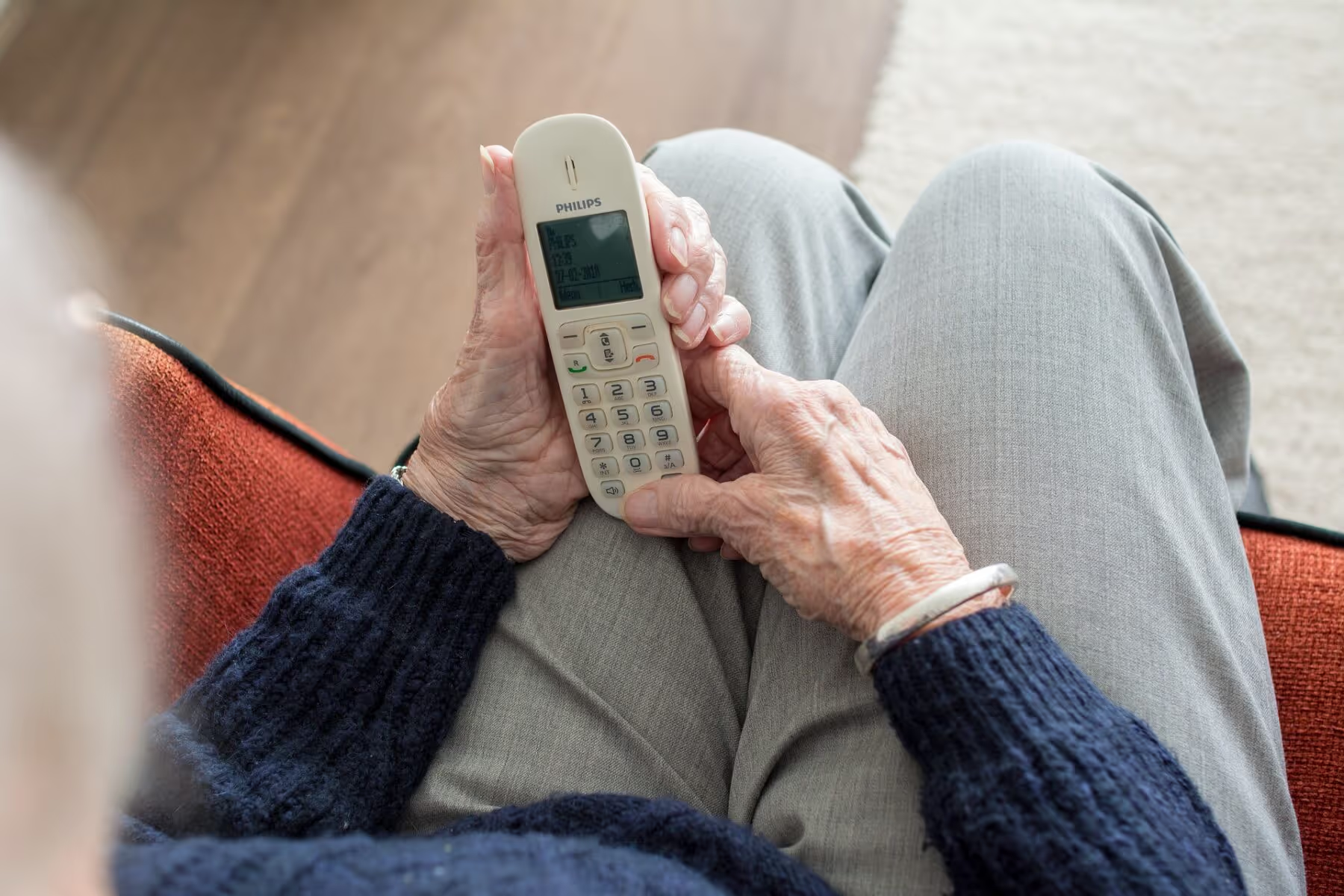





















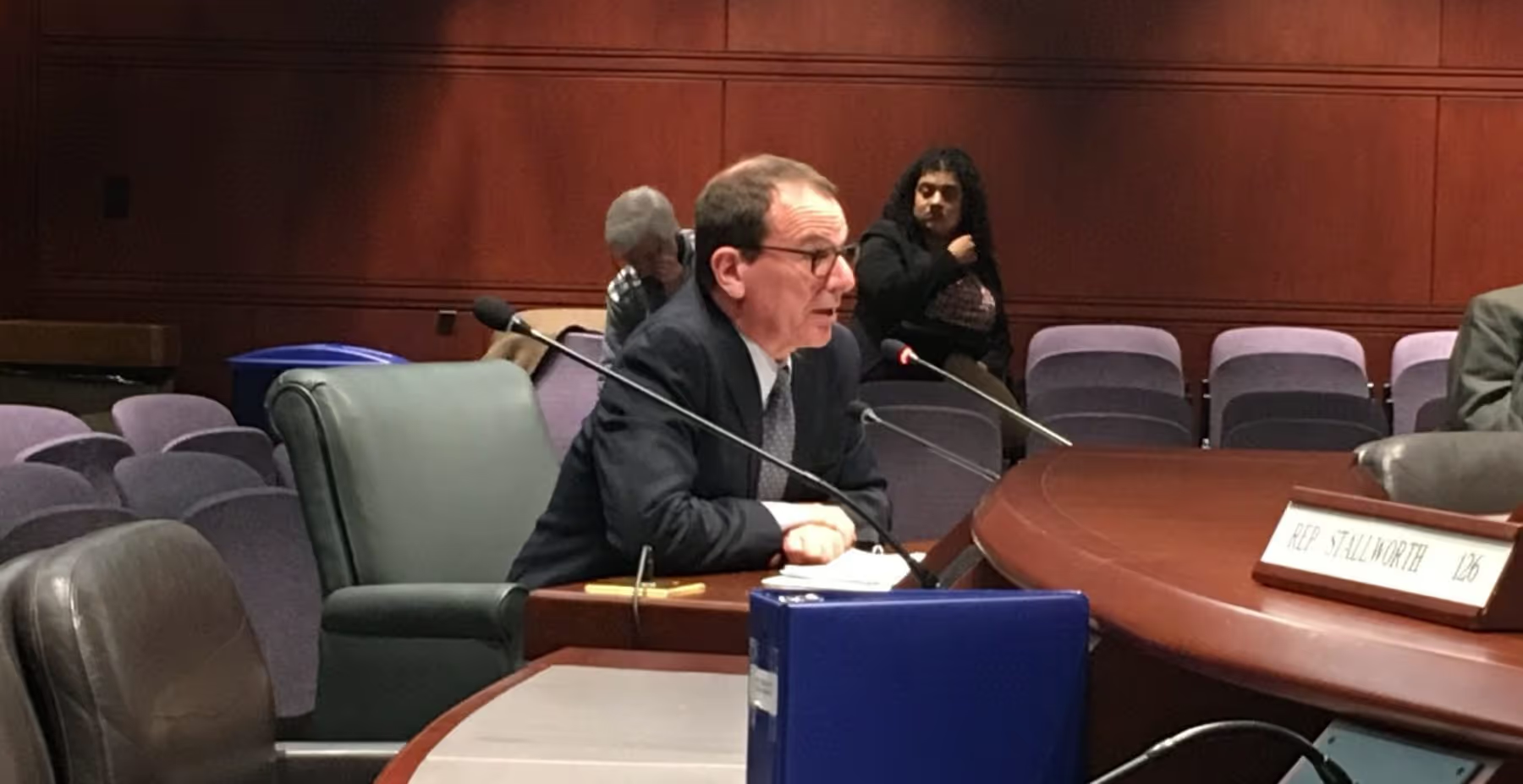


























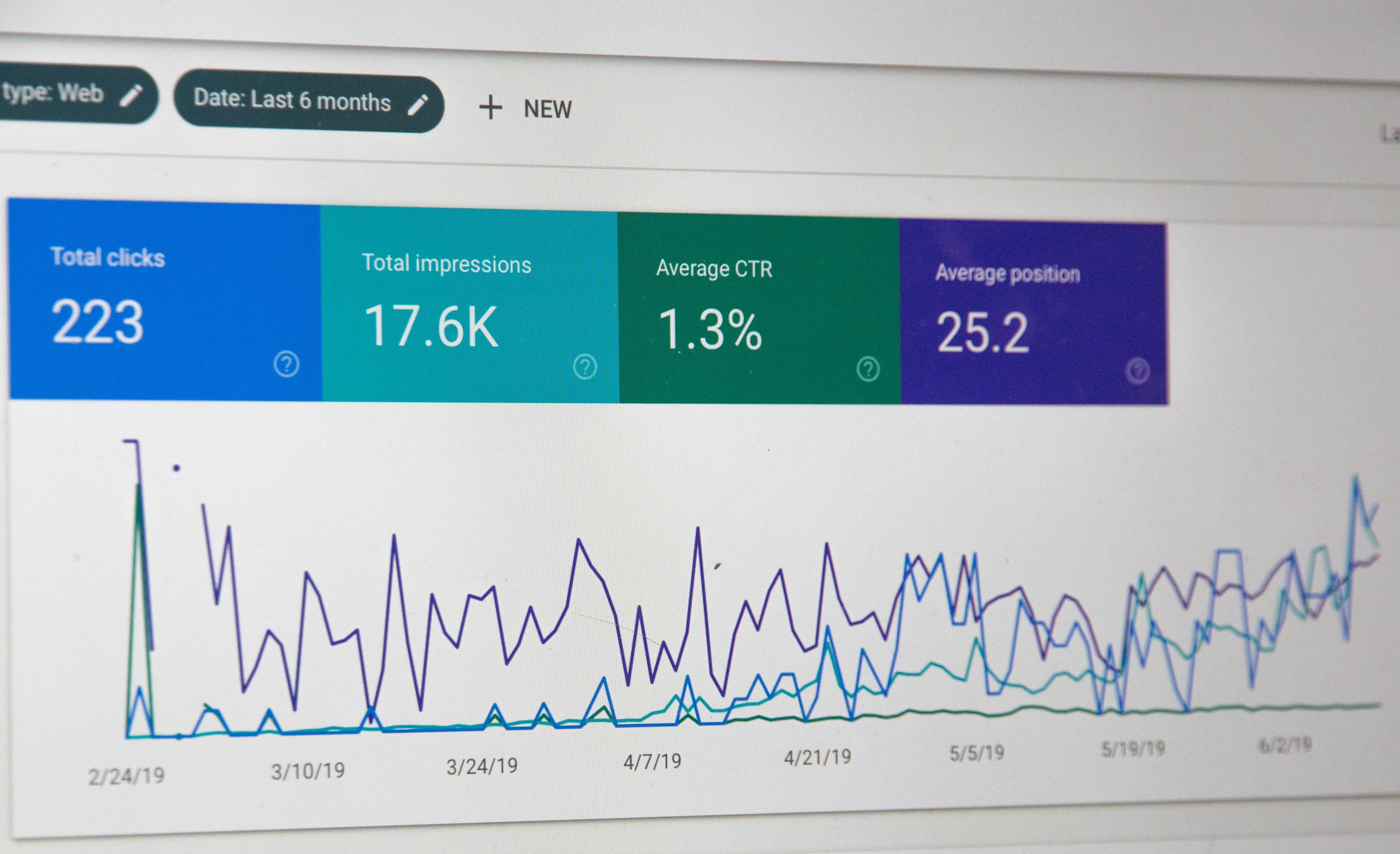






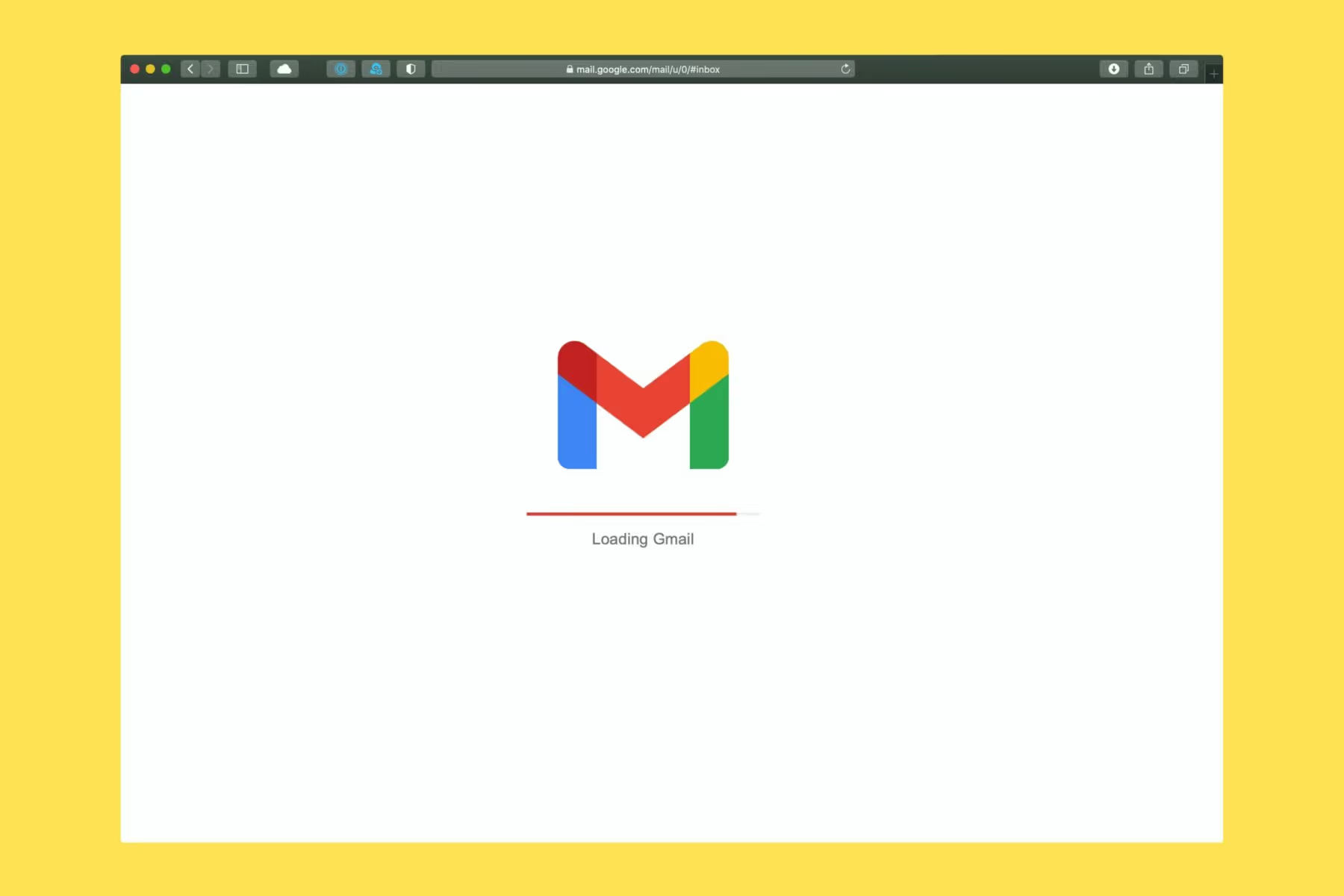

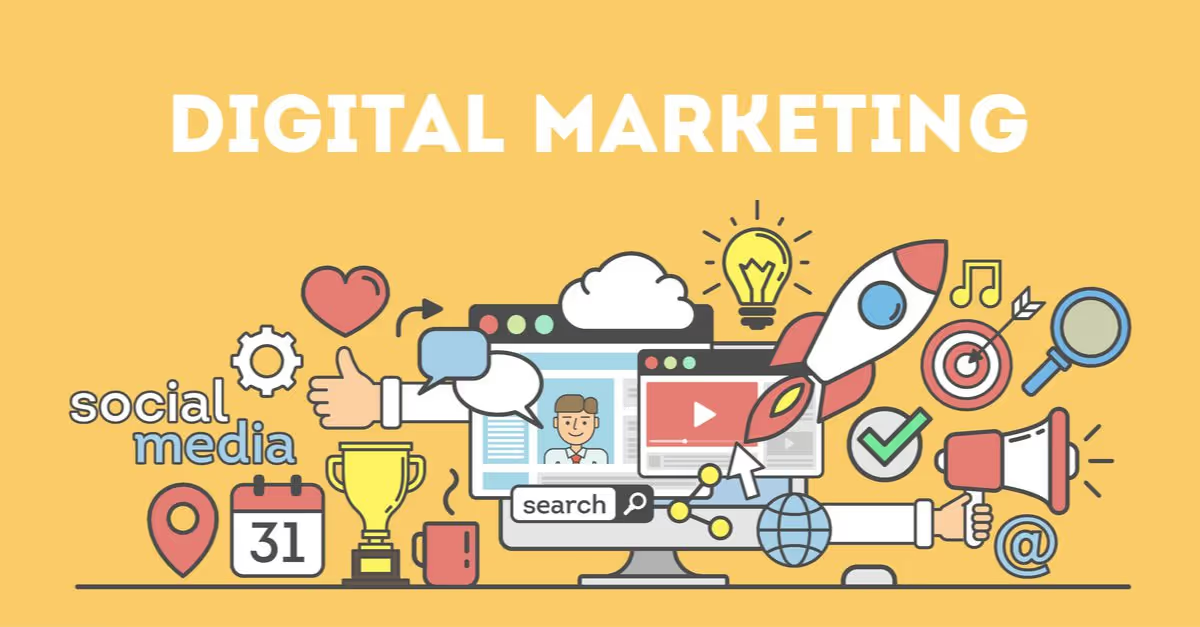


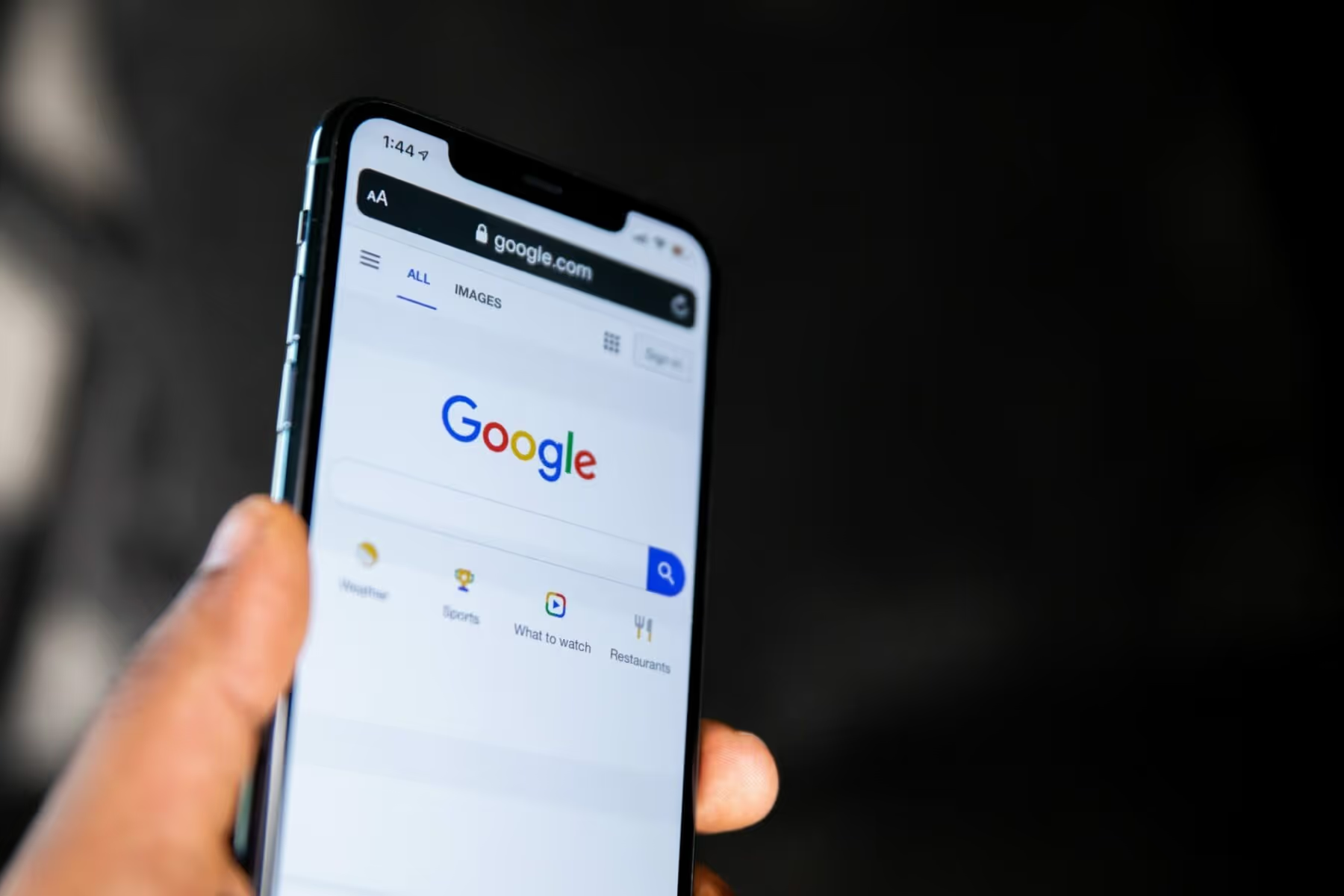



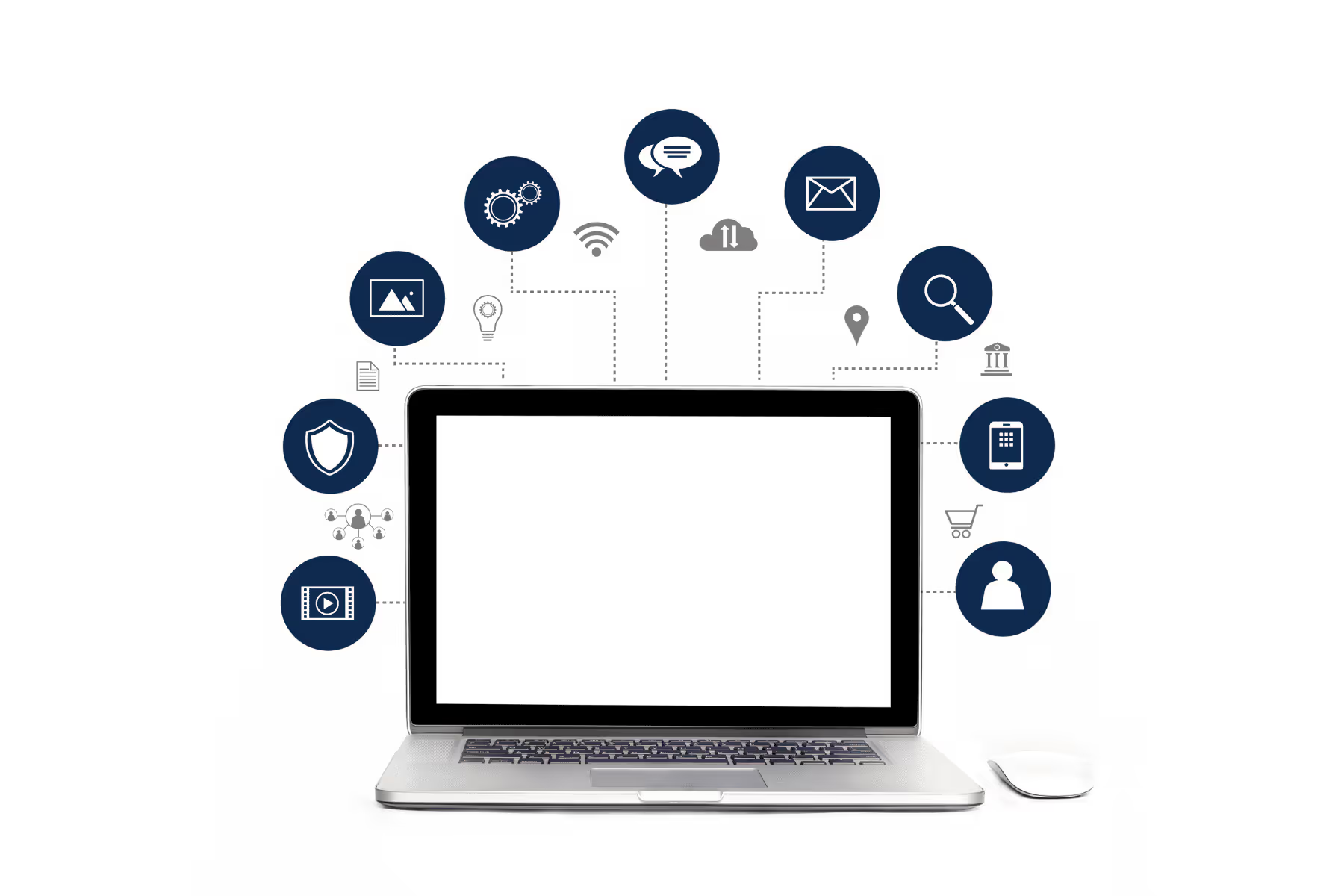






















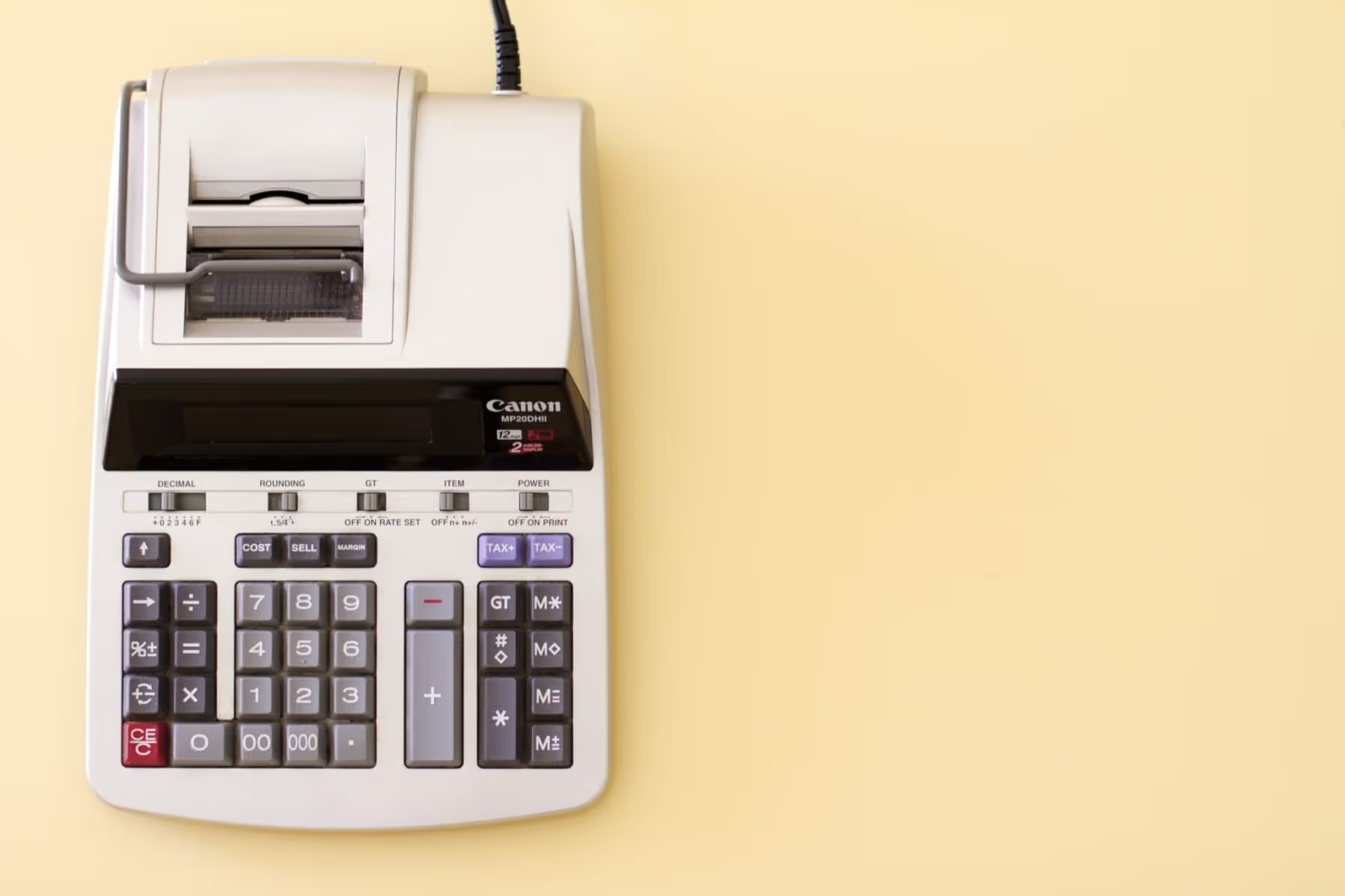










.svg)
.svg)
.svg)
.svg)